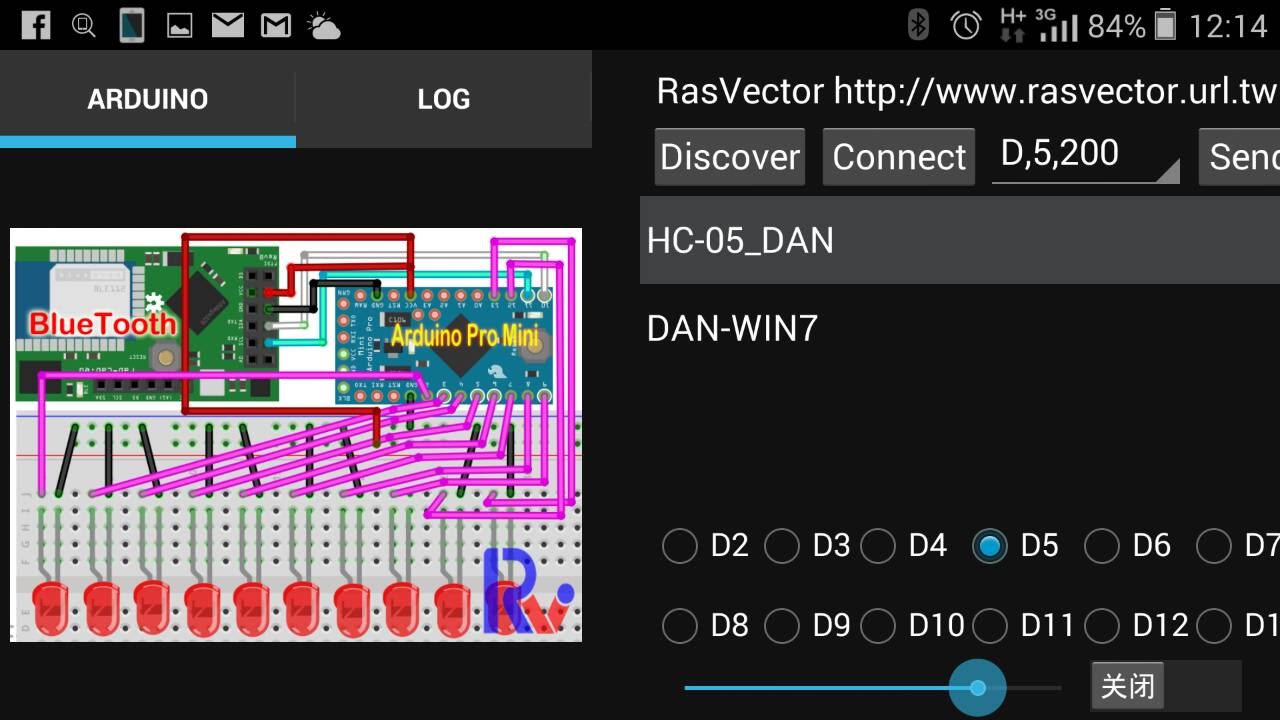Arduino Delphi Serial Communication Arduino Bluetooth
четверг 15 ноября admin 23
Updated: Added example 2 In the post I explained how to connect a HC-05 to a HC-06 so that when powered they automatically made a connection. Here we look at using that connection to get Arduinos talking over Bluetooth.
The SAM file is further encrypted. Linux Password Cracking: Explain unshadow and john. Punto de venta software. Windows password cracking using John The. In this post I will show you how to crack Windows passwords using John The.
Before continuing you need to have the Arduinos and BT modules set up as per the previous post. Here I am using 2 HC-05s. One in master mode the other in slave mode. The setup process for the slave mode HC-05 is the same as the HC-06 in the previous post. Set Up I am using 5V Arduino Nanos but any kind of 5V AVR based Arduino can be used.
Bluetooth is a radio communication protocol that was created as a wireless alternative to the RS-232 serial protocol. Today, this technology is popular in connecting two or more mobile devices, particularly smartphones, tablets and laptop computers.
I have designated one of the Arduinos as the master device. This is the one that initiates the connection and in the first example it is the one that sends the commands. Having a master and slave setup makes the programming a little easier. To communicate with the BT modules I am using AltSoftSerial which uses pin 8 and pin 9. The AltSoftSerial library can be downloaded from and it will need to be added before you can compile the example sketches. Both BT modules are set with a communication baud rate of 9600. This can be changed but make sure you match the baud rate used when opening the software serial connection.
// open software serial connection to the Bluetooth module. Begin ( 9600 ); Connecting the Bluetooth Modules Most HC-05s and HC-06s have 3.3v TX and RX pins. 5V Arduinos will read 3.3v as HIGH so the BT modules TX pin can be connected directly to the Arduino RX pin. However, the Arduino TX pin needs to be converted to 3.3v before connecting to the BT modules RX pin. A simple way to do this is by using a voltage divider made from 2 resistors; I generally use 1 x 1K and 1 x 2K. Arduino RX (pin 8) to BT module TX pin Arduino TX (pin 9) to BT module RX pin via a voltage divider Both Arduinos have the same connections to the BT modules.
Example 1: Remote Control an LED In the first example we get one Arduino to control an LED connected to a second Arduino. Communication is one way only and there is no error checking.
Arduino #1 simply sends the commands LEDON and LEDOFF to the Arduino #2. When the Arduino #2 gets the commands it sets the LED accordingly. Example 1: Circuit Arduino #1, the master device, just has the Bluetooth module. Arduino #2, the slave device we have the Bluetooth module and an LED (with a suitable resistor) on pin D3. Example 1: Sketches The Sketch on Arduino #1, the master device connected to the HC-05, simply sends the command LEDON, waits a second, sends the commands LEDOFF waits another second and then repeats indefinitely.
Println ( ' ); BTserial. Println ( ' ); Using start and end markers allows the receiving device to check that it has a full command before acting upon it. The Sketch on Arduino #2, the slave device, checks for data and if there is a start marker it starts to put the recieved data in to the variable receivedChars[ ]. When an end marker is received it sets the newData flag to TRUE. Any data not within the start and end markers is ignored.
When newData is TRUE we know we have a command to process. In this case we set pin D3 HIGH or LOW to turn the LED on or off. Great tutorial! I haven’t messed with the Bluetooth modules much, but plan to soon as I have three hc-05 modules, and about to order three hc-06 modules to go with it. What I would like to do with them is incorporate them into a pixel poi setup. I’m building a POV poi setup with two teensy 3.2 controllers, because of the bigger flash memory. I was thinking that maybe I could use one teensy for one display and a trinket for the other display, connected to each other via Bluetooth, feeding the images from one to the other as images change.
That way I can store all the images on one poi stick and not have to alter the other to sync with the first. Anyway it’s an idea, and if I can get it to work then it would make it possible to use a less expensive microcontroller for one display, and invest that money into a bigger flash memory. Also to be able to send other images via Bluetooth through a phone or other device would be awesome. I’ve tested my HM-10’s using code from the mentioned site, I don’t see much difference between that code and the code for the arduino to arduino you used with the two 05’s. What i’m wondering will the 05 code work with the 10’s. I have the slave code ready to go and will get the master ready to try later today at which time I’ll probably have the answer.
